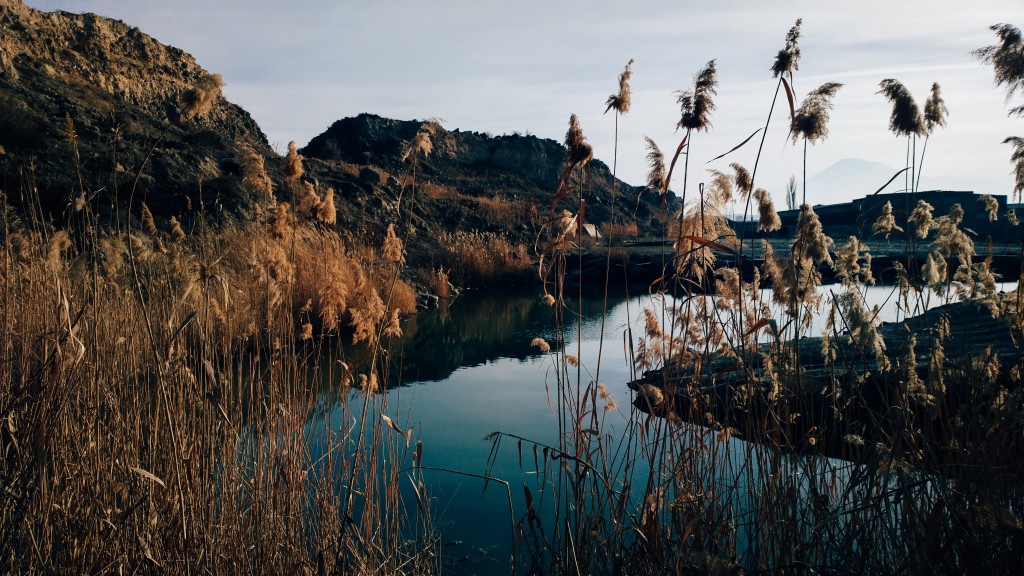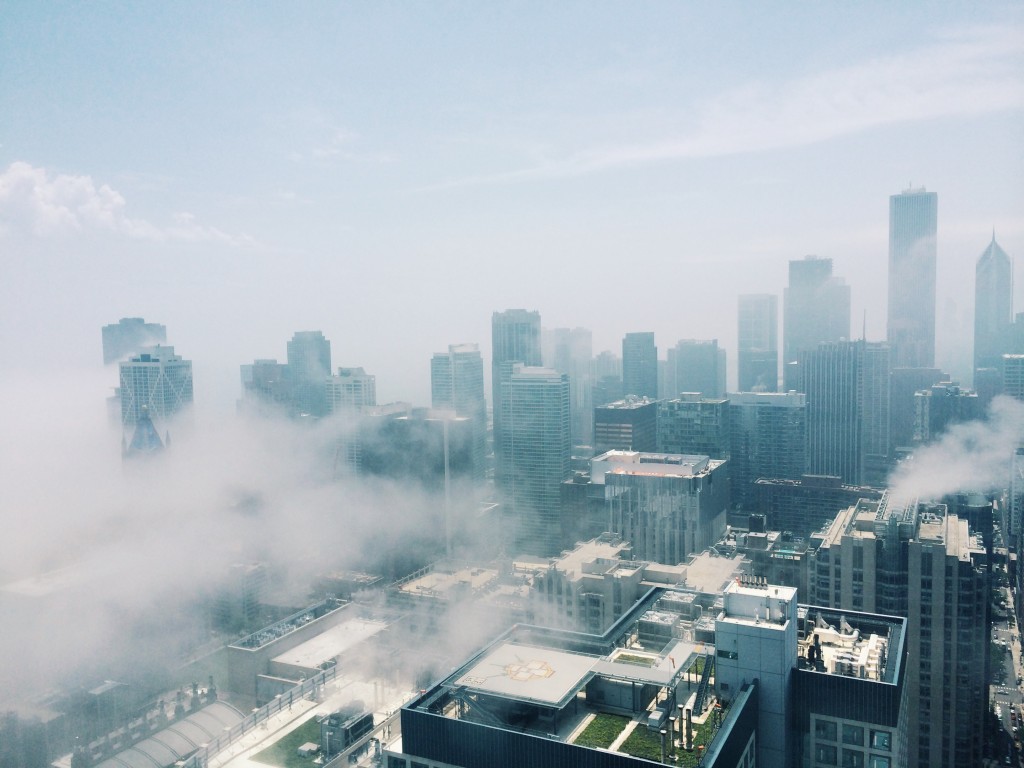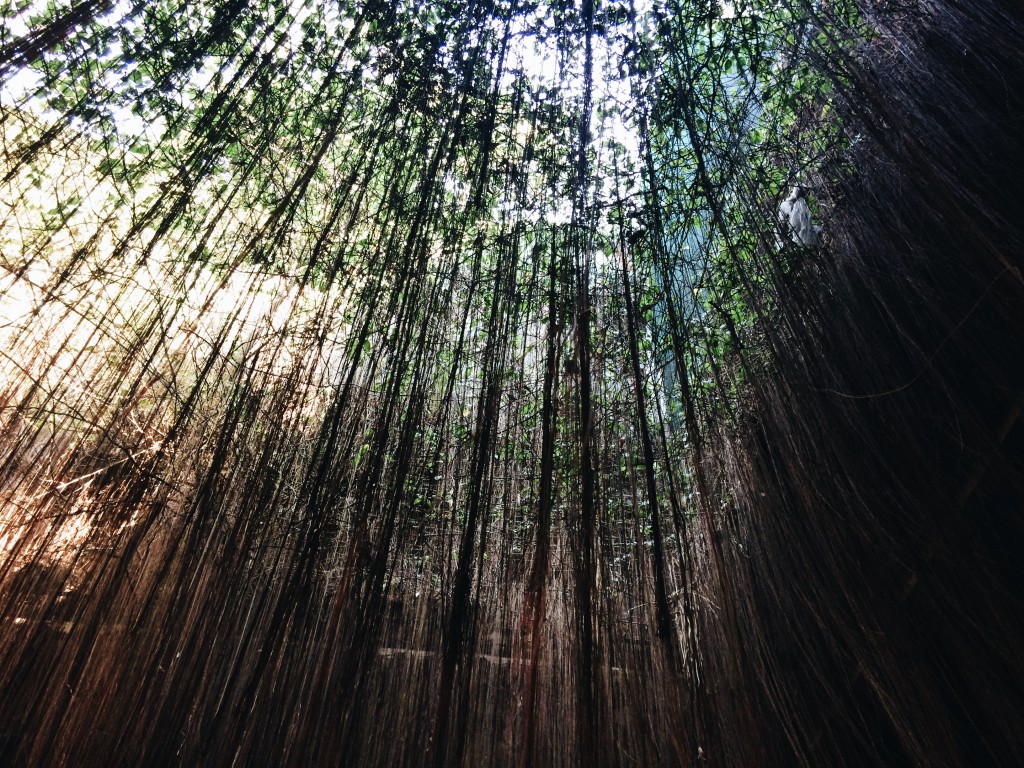Four Tips for Upcoming Landscape Photographers
1. Composition
Whatever you’re photographing, composition is key. How many times have you taken a photo of a pretty view only to be disappointed with the result? To take a good photo you need to frame the subject(s) and apply some basic rules to make the result visually pleasing.
Scoopshooter: Narek Hovas
The rule of thirds is always a good place to start. Commonly used in portrait photography, by placing the person’s eyes on the top horizontal line and often on the intercepting vertical lines a visually pleasing result is achieved. The same principle applies to landscape photography. The main thing to avoid is positioning the horizon in the middle of the frame as this effectively cuts the photo in half. Instead, position it on one of the horizontal lines. If you’re having trouble visualizing the rule of thirds grid, you can turn the grid on in your camera or phone’s camera settings. Of course breaking this rule doesn’t necessarily result in a bad photograph, but before you break this rule you need to learn to apply it. Then you can bend it and break it!
The most important thing is to think about how you’re framing the photo and the elements you’re photographing – don’t forget the foreground and the background, they are necessary to create depth.
2. Your camera
You may think that you need a high tech camera to take a high quality landscape photograph. That is not the case. If you don’t know or haven’t used all of the features and functions on your device, whether it’s a smartphone or a camera, there’s no point upgrading to a higher spec camera. Instead of focusing on the device you’re using to capture an image, instead focus on what you’re shooting. Once you have mastered composition and are utilizing all of the camera’s functionalities, sometimes it’s worth upgrading, but it’s not always necessary.
Scoopshooter: Gosia Łabno
3. Learn the basics
Whether you’re shooting on a smartphone or a DSLR, knowing the basics can make a real difference to your photography – and it doesn’t take long to get your head around. Understanding IOS, aperture and shutter speed – and how they work together – will help you manage lighting, which goes hand in hand with composition. To light your photos properly, you need to understand these settings and how to employ them to improve your photos. Or course you can manipulate your photos with post-production tools, such as Instagram and PhotoShop, but there’s no substitute for getting it right in the first place.
Scoopshooter: Stefan
4. Photograph what you know
Too often people don’t see what’s right in front of them. You don’t need to travel far to find things to photograph. Look for hidden beauty in landscapes around you, views you pass everyday. Even if something is not instantly picturesque, looking at it from a different angle or time of day can transform a mundane outlook to something stunning. People who can see a photo in the most unlikely places are those who produce the most creative shots.
Unlike when you are travelling, you are less likely to have your camera to hand. Bear this in mind and have you camera at the ready as you never know when that magic shot could happen. Keep your phone or camera somewhere where you can get your hands on it quickly to avoid missing a money shot!



